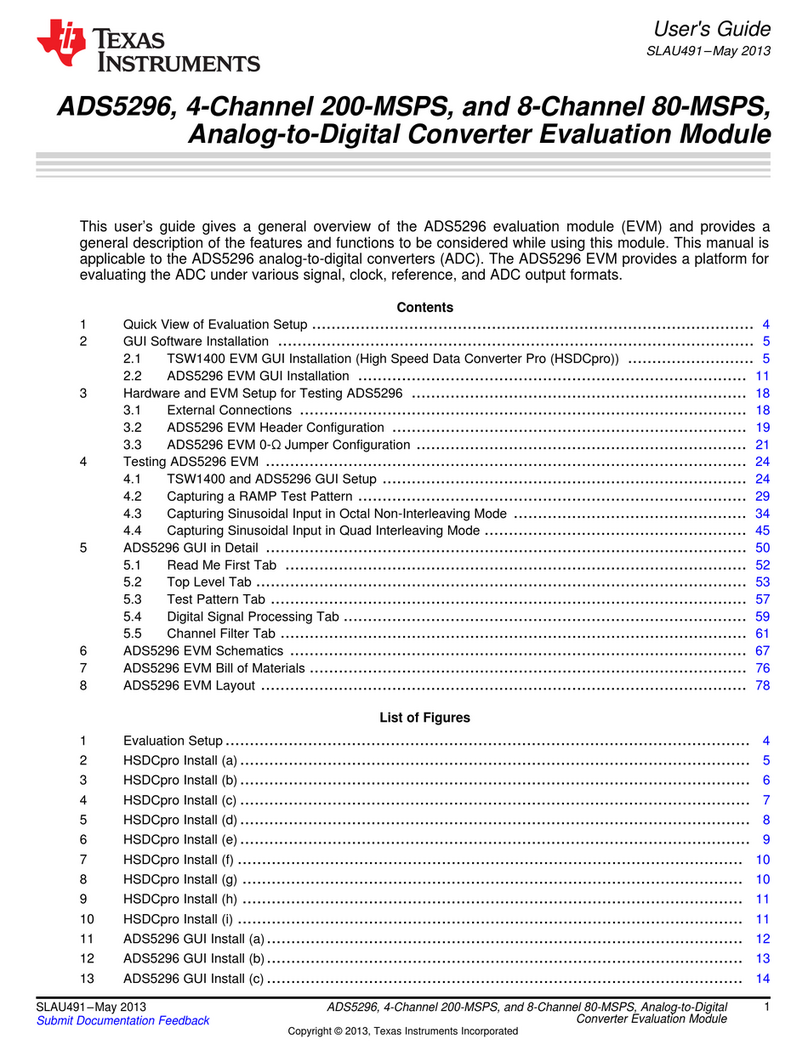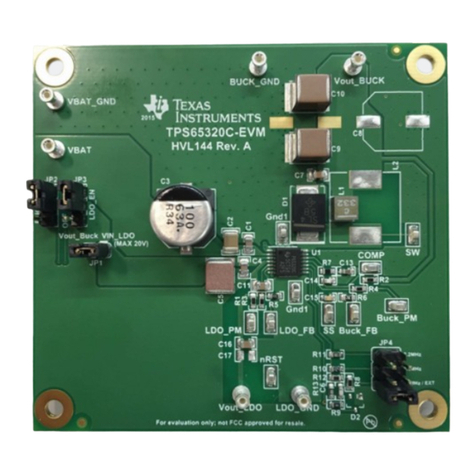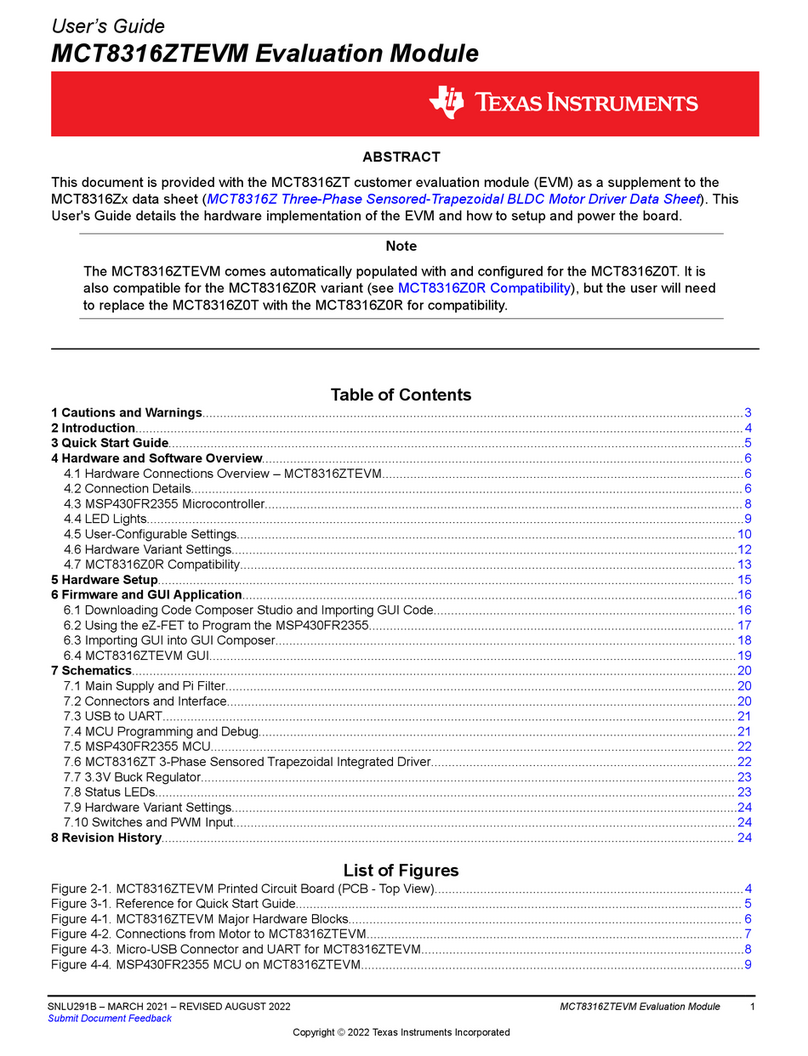Texas Instruments TA 5 1 Q15B5EVM-K Series User manual
Other Texas Instruments Control Unit manuals

Texas Instruments
Texas Instruments TPS568236 User manual
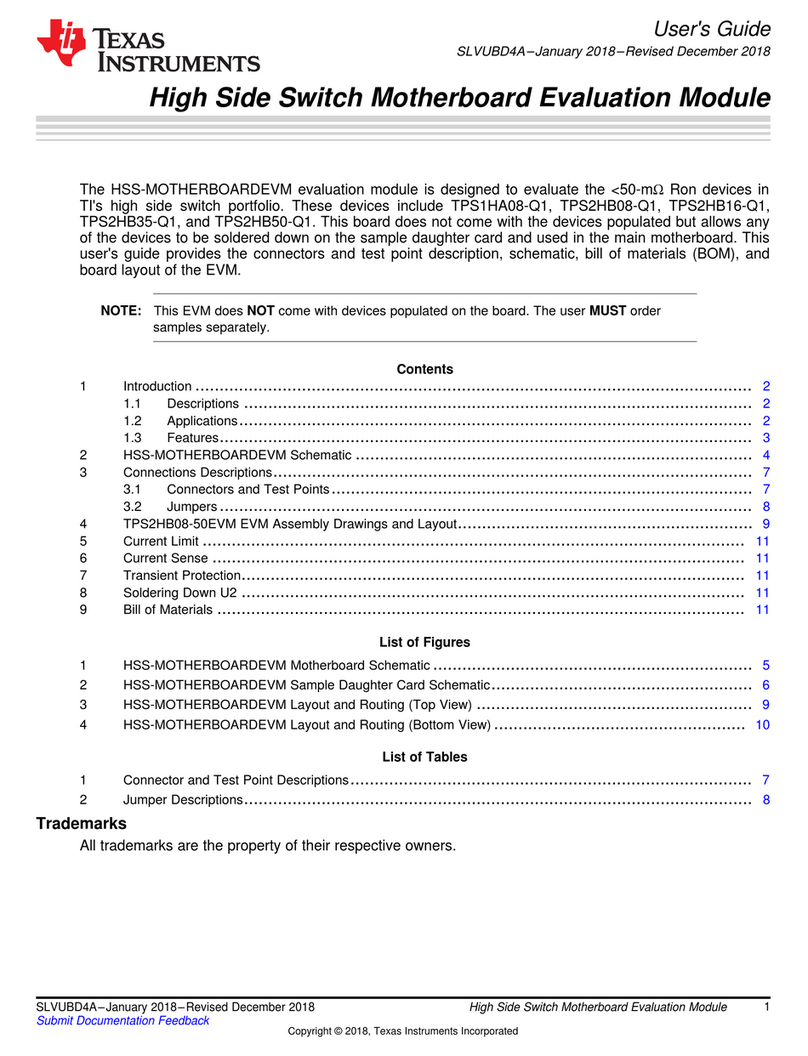
Texas Instruments
Texas Instruments HSS-MOTHERBOARDEVM User manual
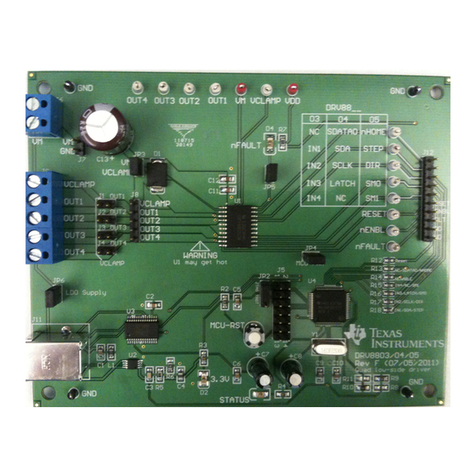
Texas Instruments
Texas Instruments DRV8803 User manual
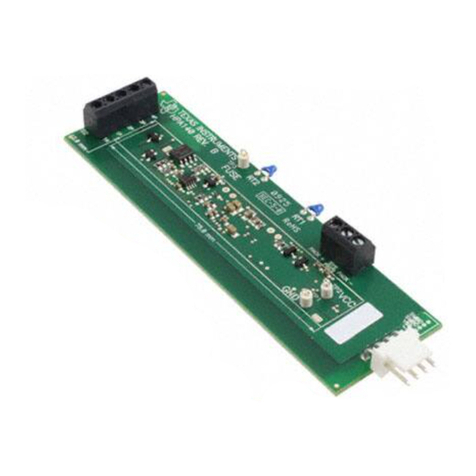
Texas Instruments
Texas Instruments bq20z70EVM-001 User manual
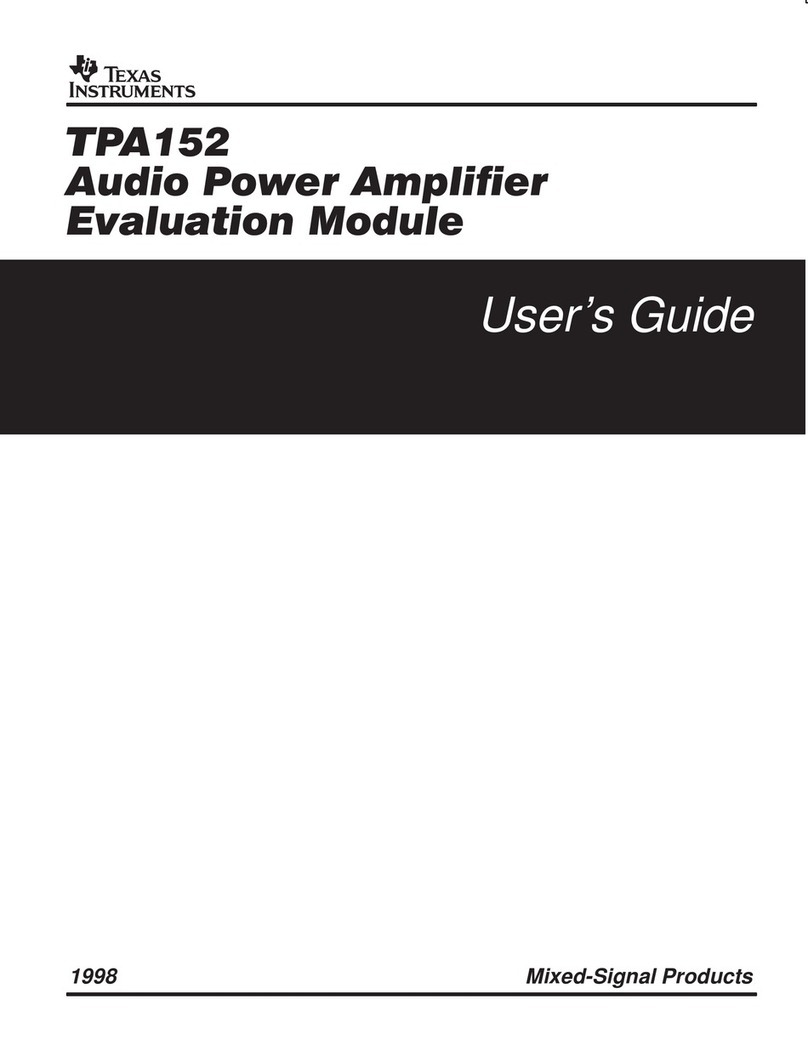
Texas Instruments
Texas Instruments TPA152 User manual
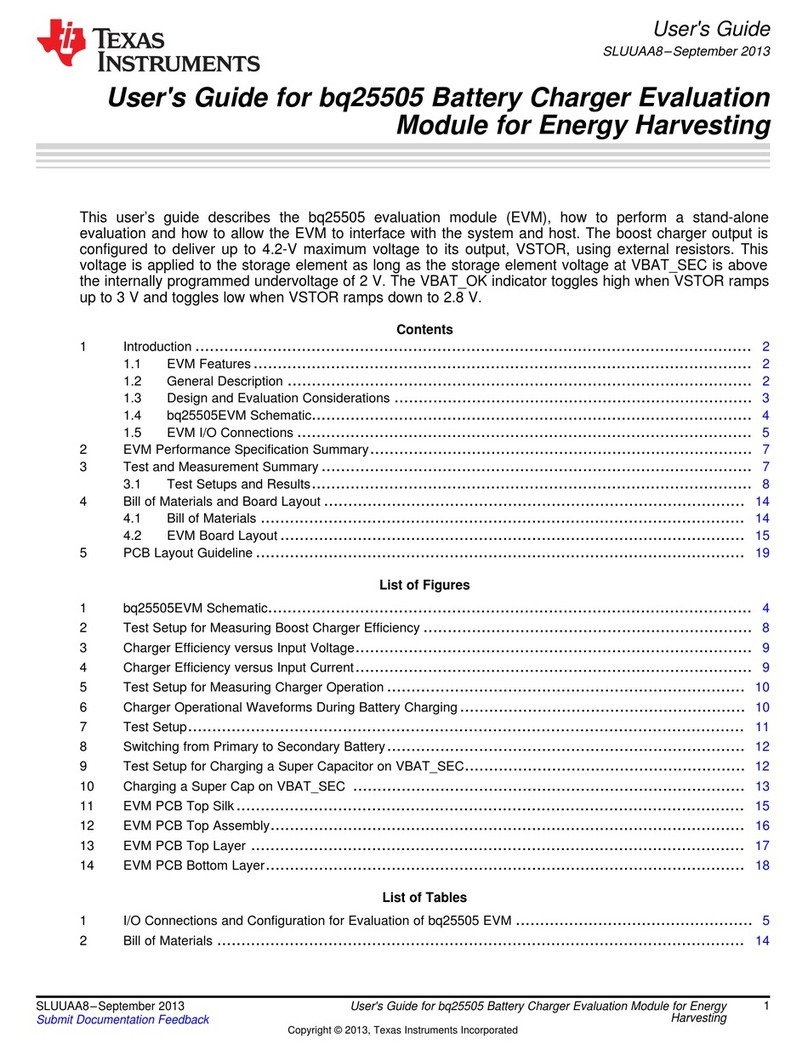
Texas Instruments
Texas Instruments bq25505 User manual
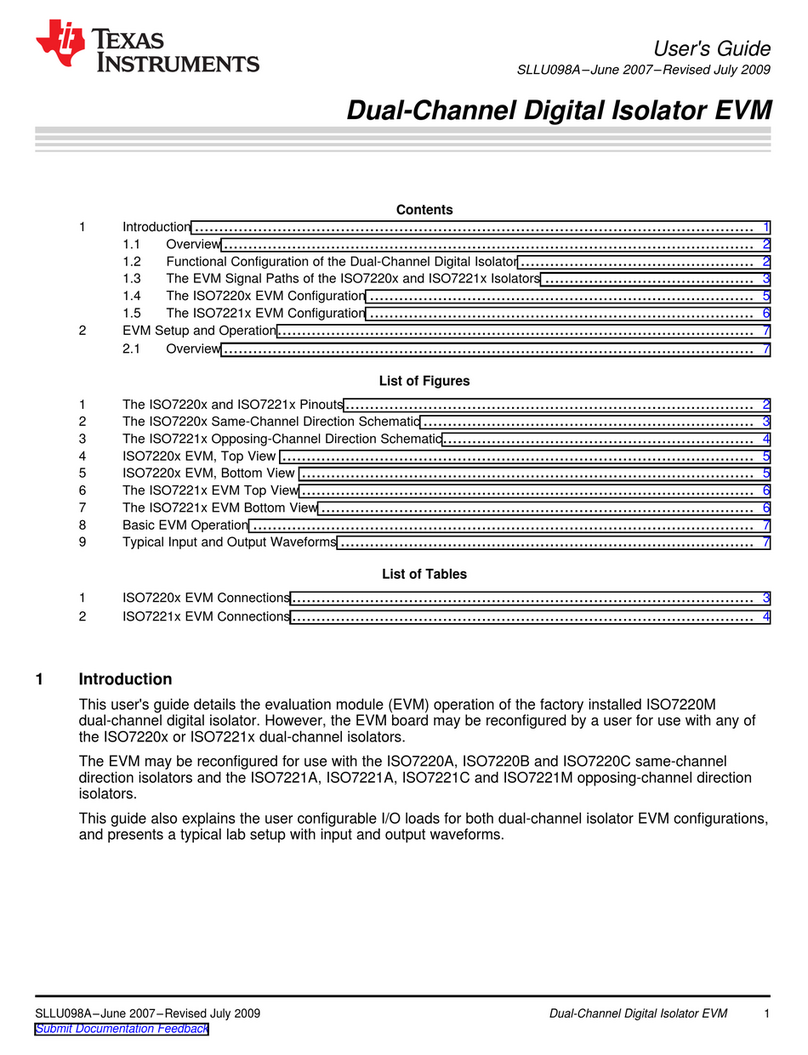
Texas Instruments
Texas Instruments ISO7220 Series User manual
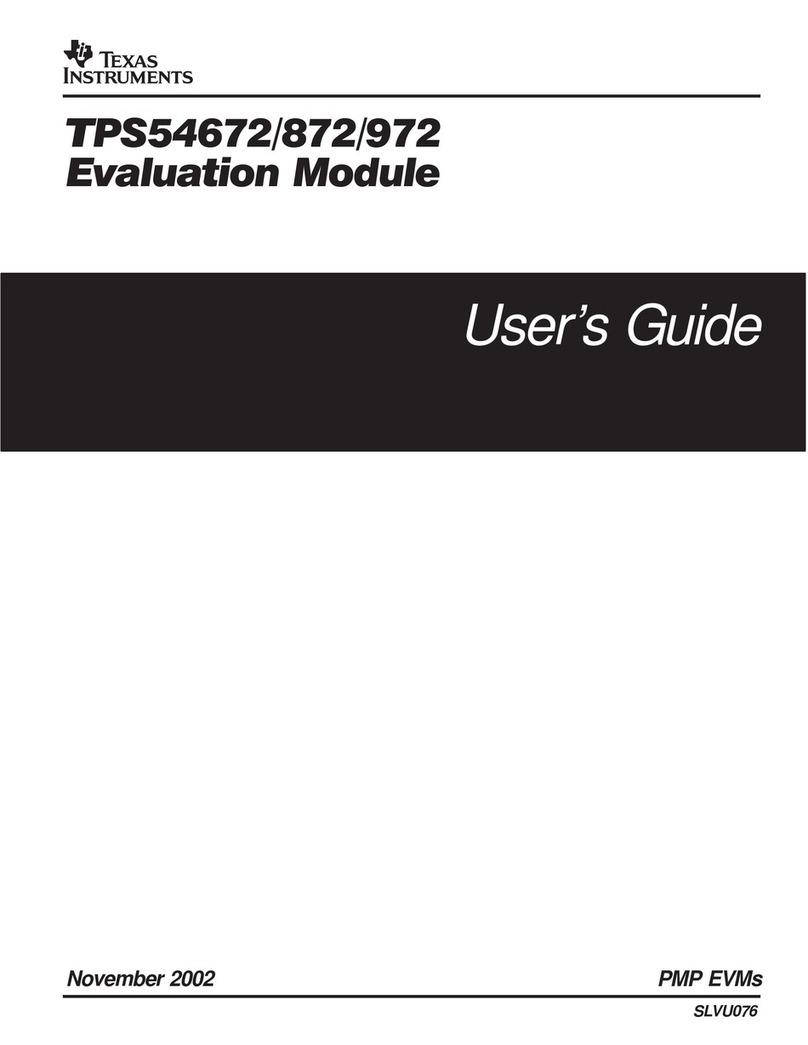
Texas Instruments
Texas Instruments TPS54672EVM-222 User manual
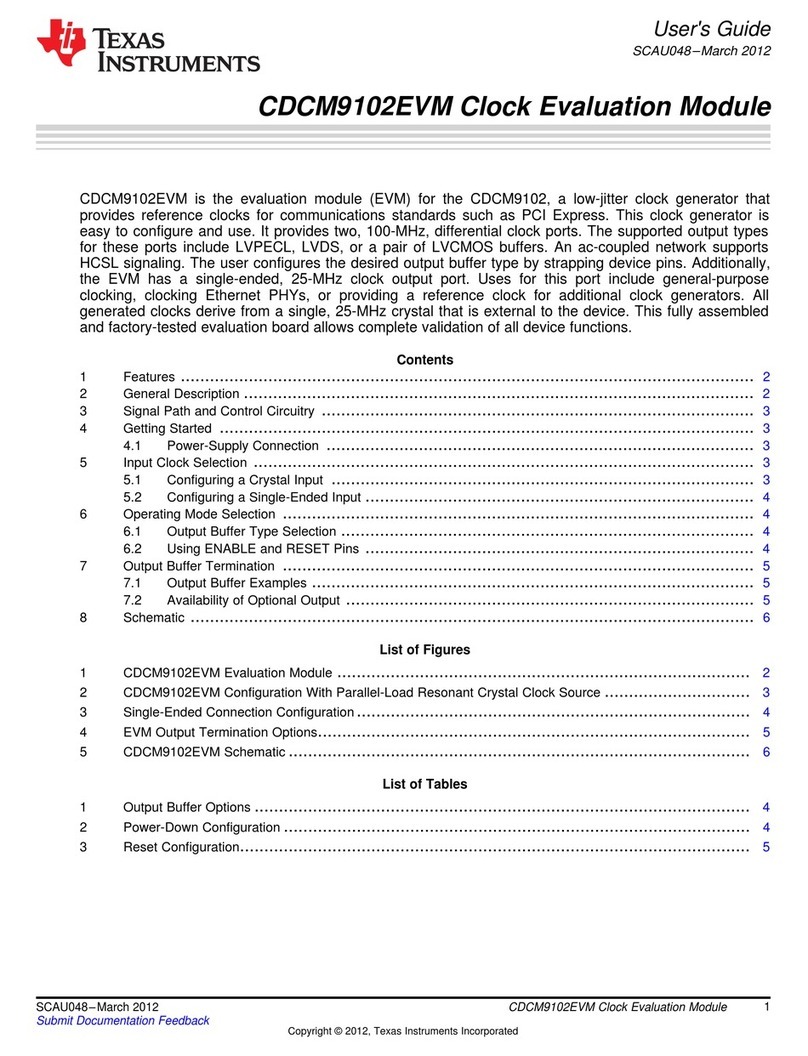
Texas Instruments
Texas Instruments CDCM9102EVM User manual
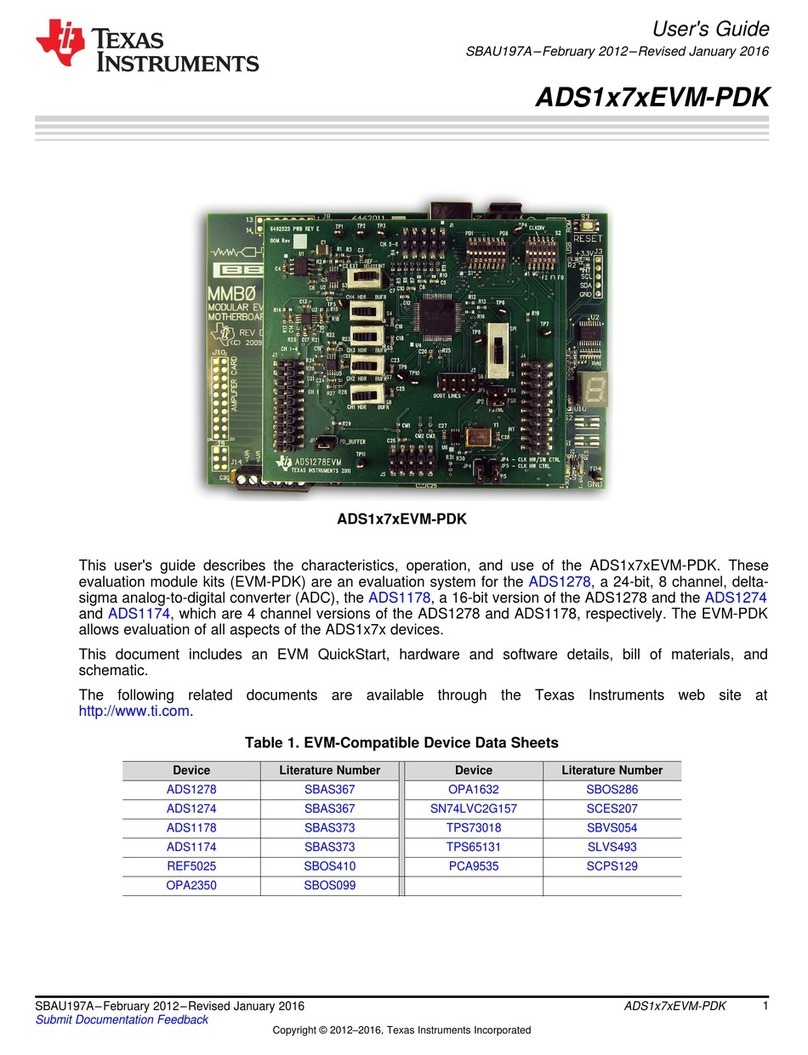
Texas Instruments
Texas Instruments ADS1x7xEVM-PDK User manual
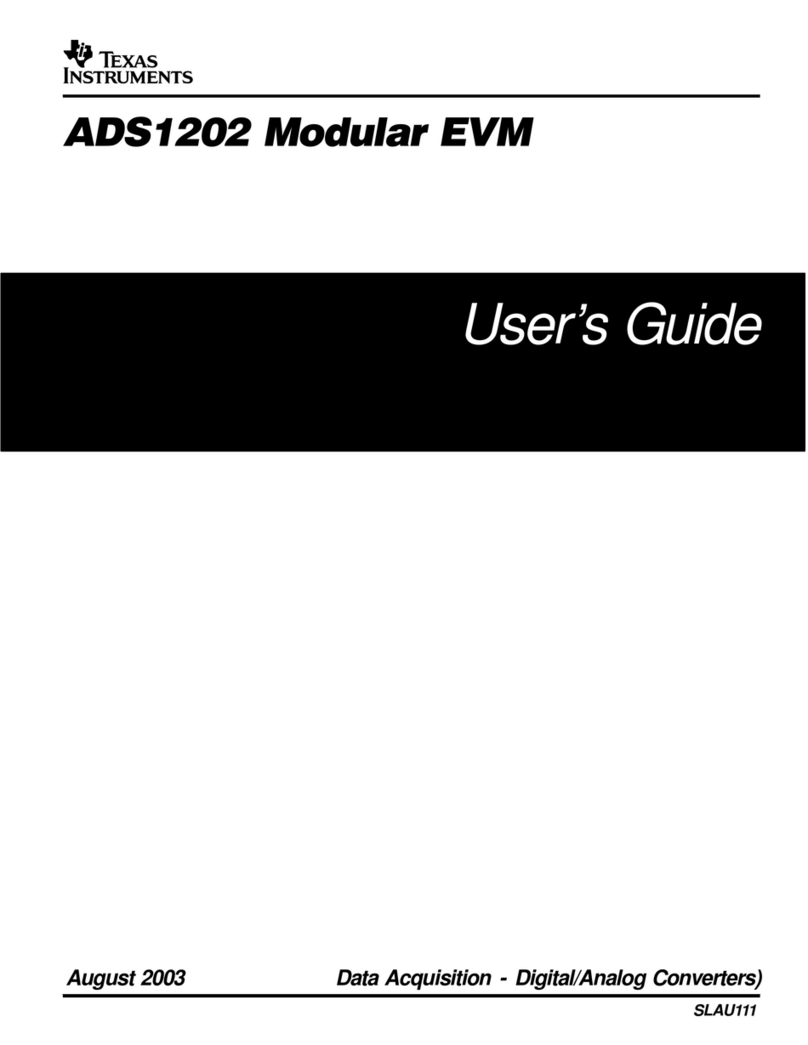
Texas Instruments
Texas Instruments ADS1202 User manual
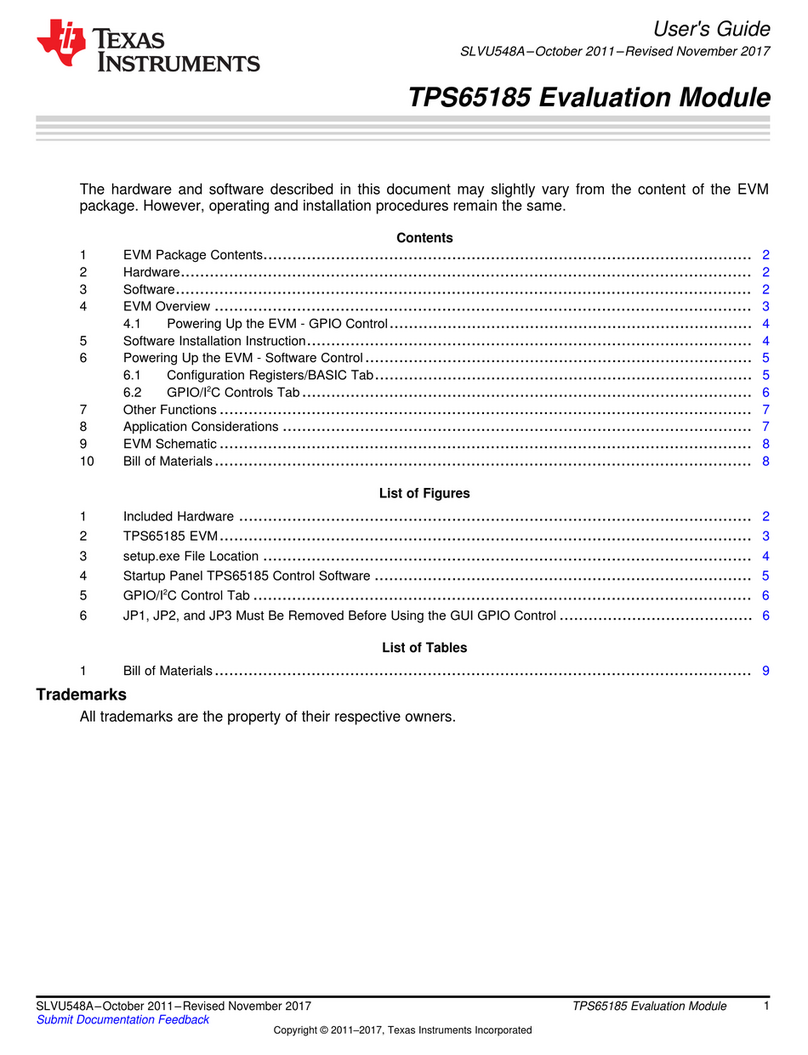
Texas Instruments
Texas Instruments TPS65185 User manual
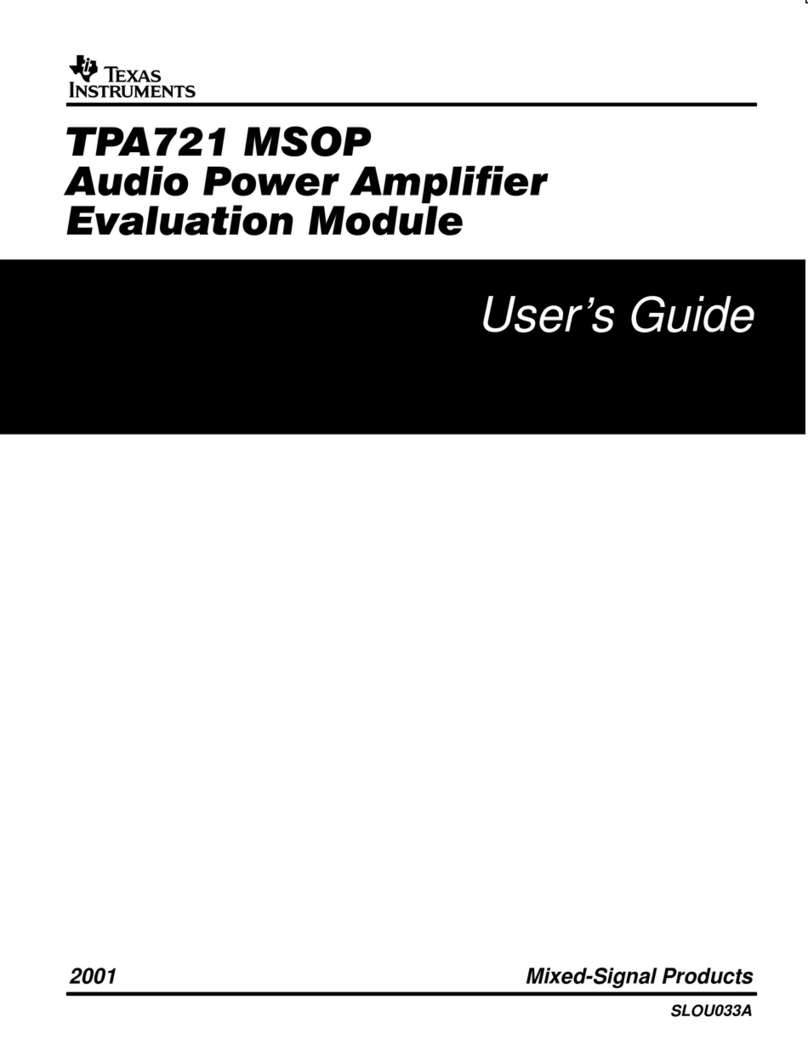
Texas Instruments
Texas Instruments TPA721 User manual
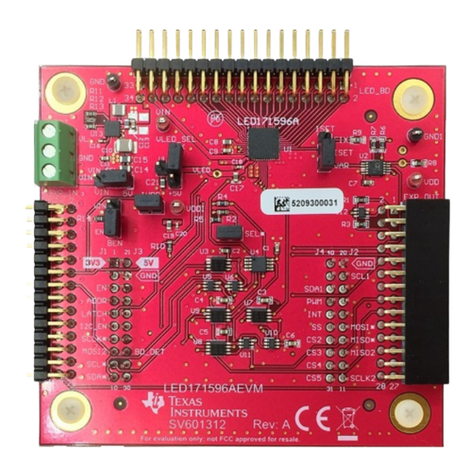
Texas Instruments
Texas Instruments LED171596AEVM User manual
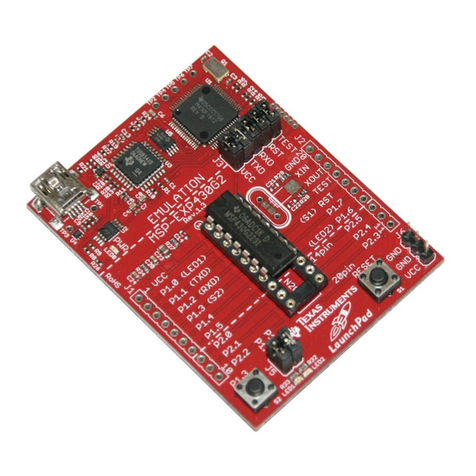
Texas Instruments
Texas Instruments MSP-EXP430G2 User manual
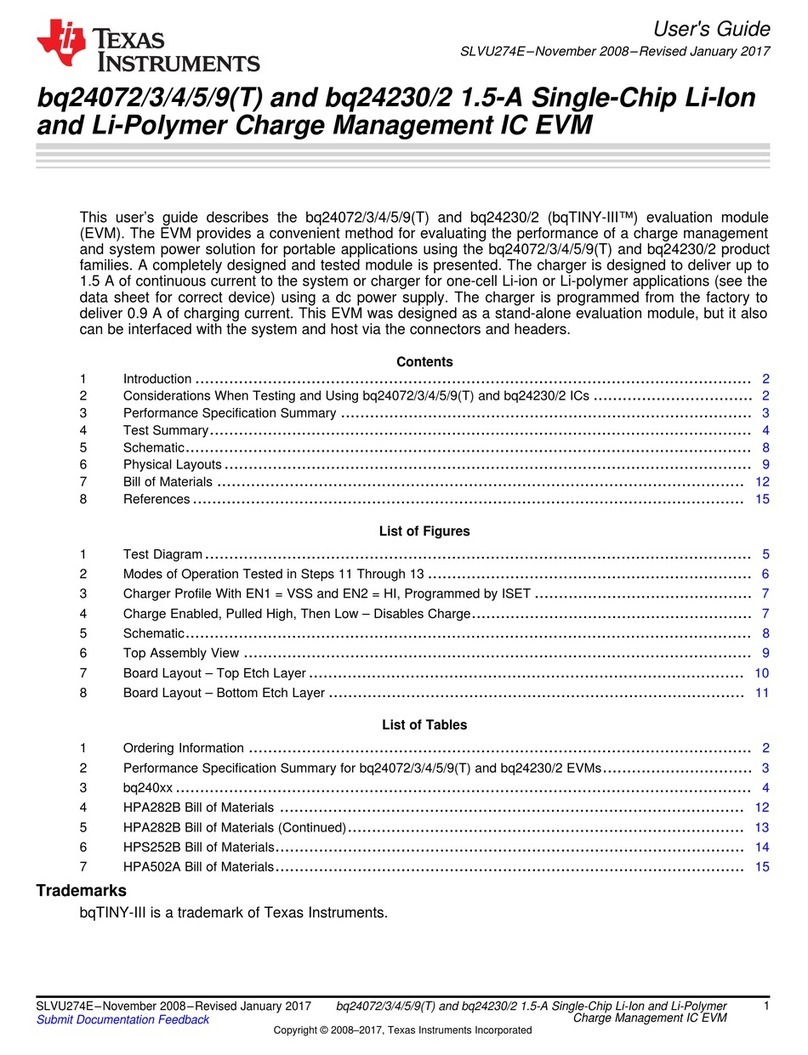
Texas Instruments
Texas Instruments bq24072 User manual
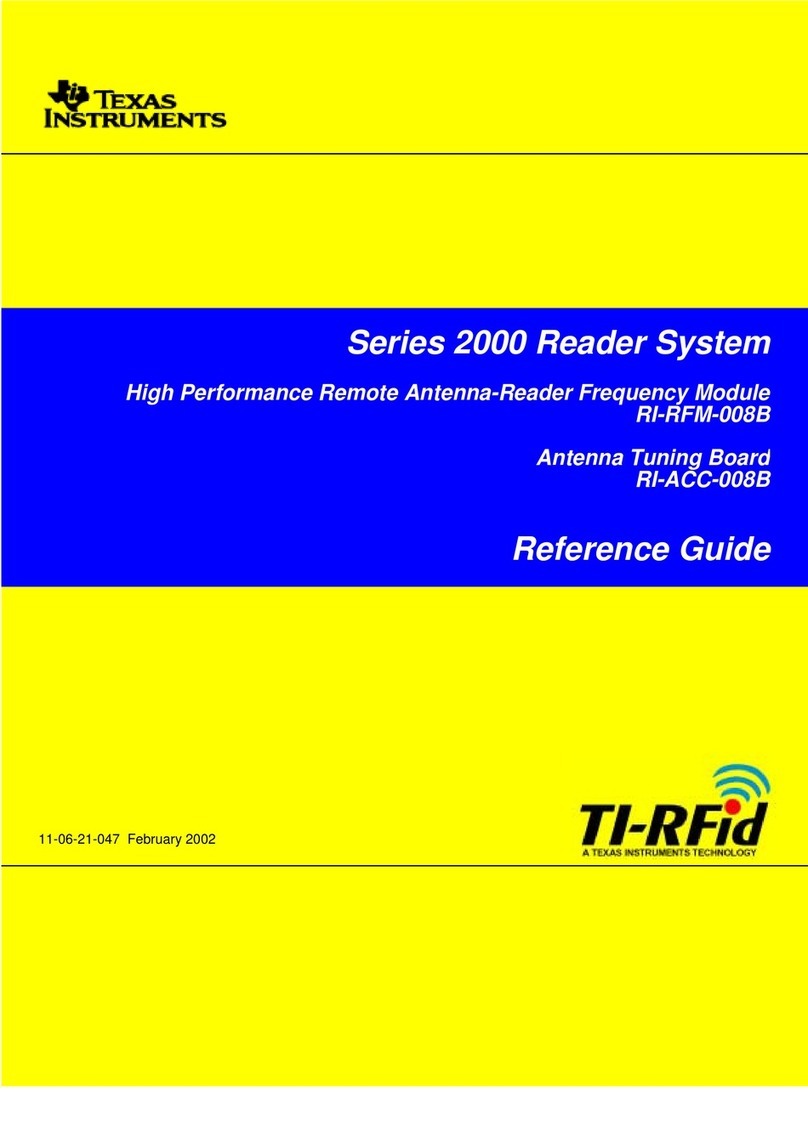
Texas Instruments
Texas Instruments 2000 series User manual
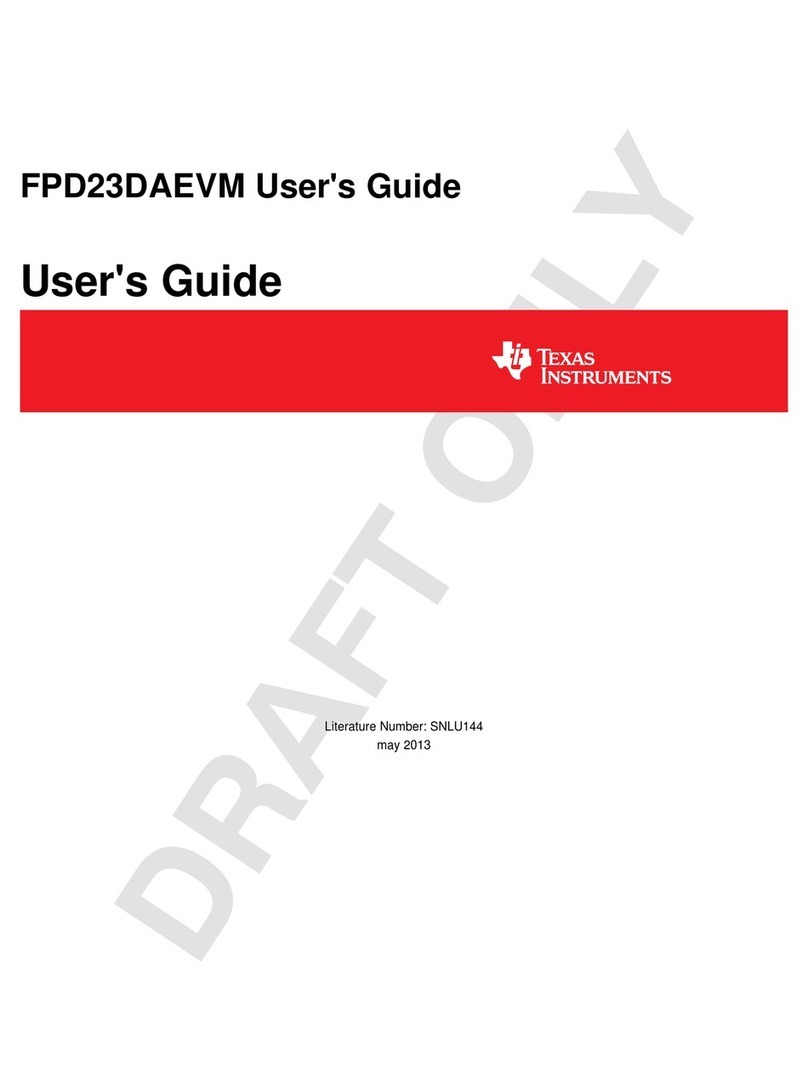
Texas Instruments
Texas Instruments FPD23DAEVM User manual
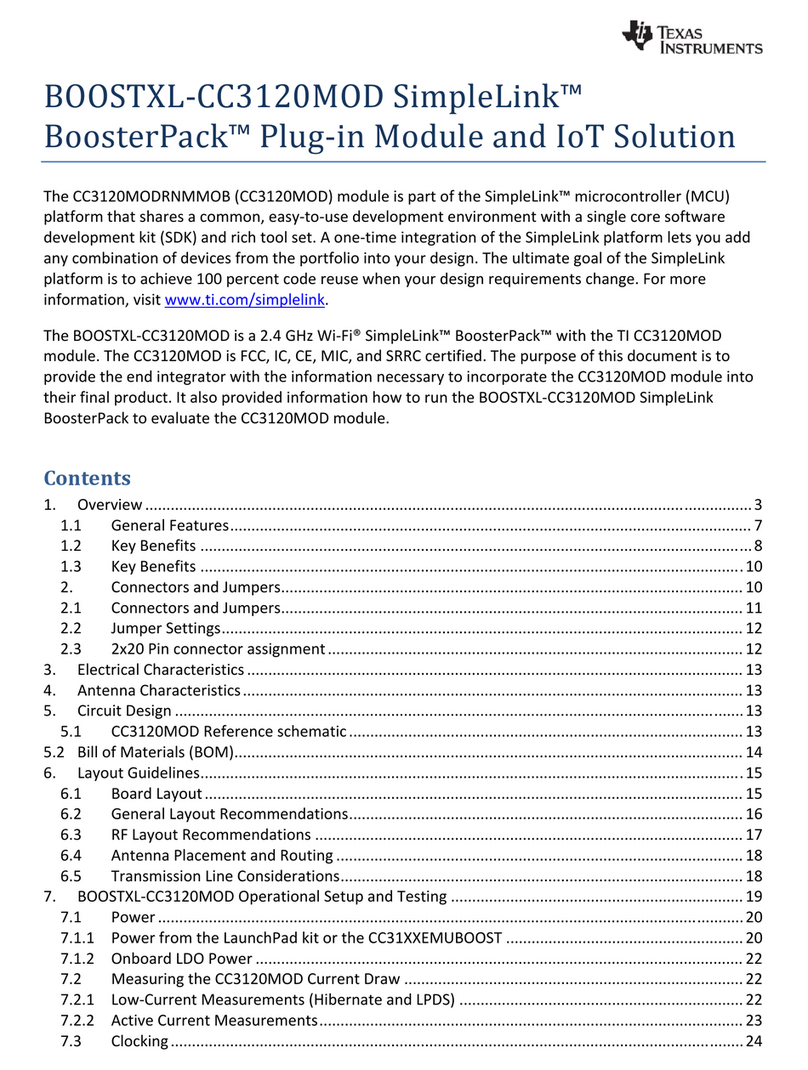
Texas Instruments
Texas Instruments SimpleLink BoosterPack BOOSTXL-CC3120MOD User manual
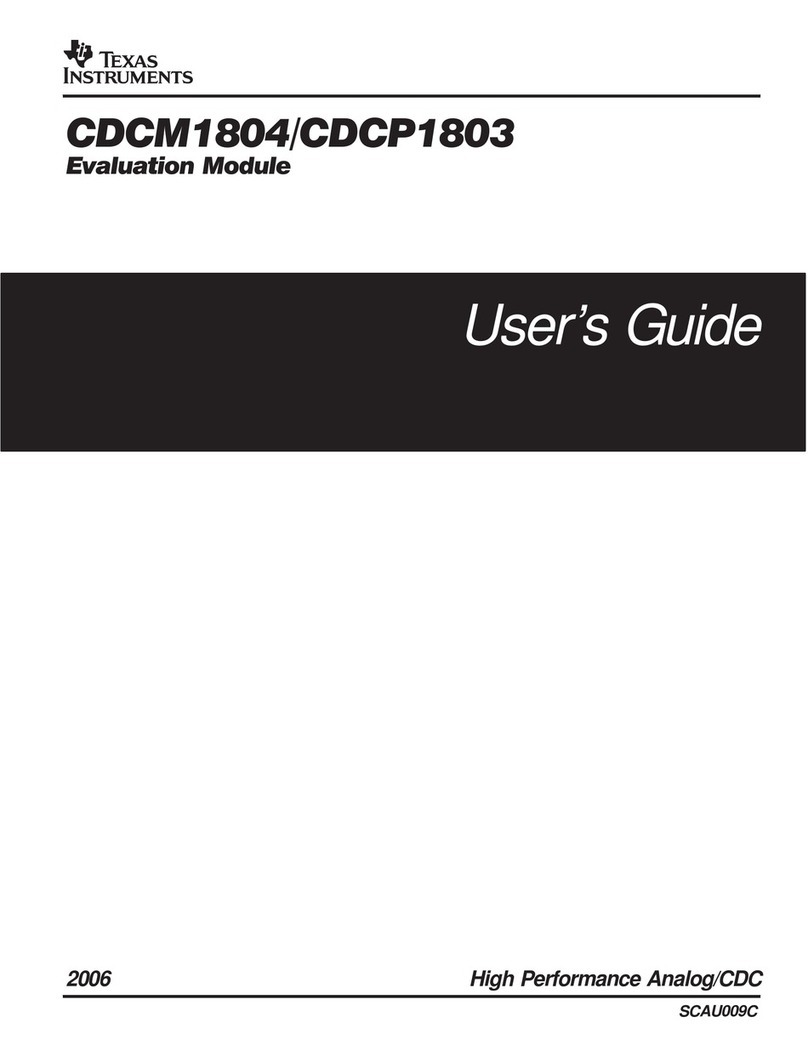
Texas Instruments
Texas Instruments CDCM1804 User manual

